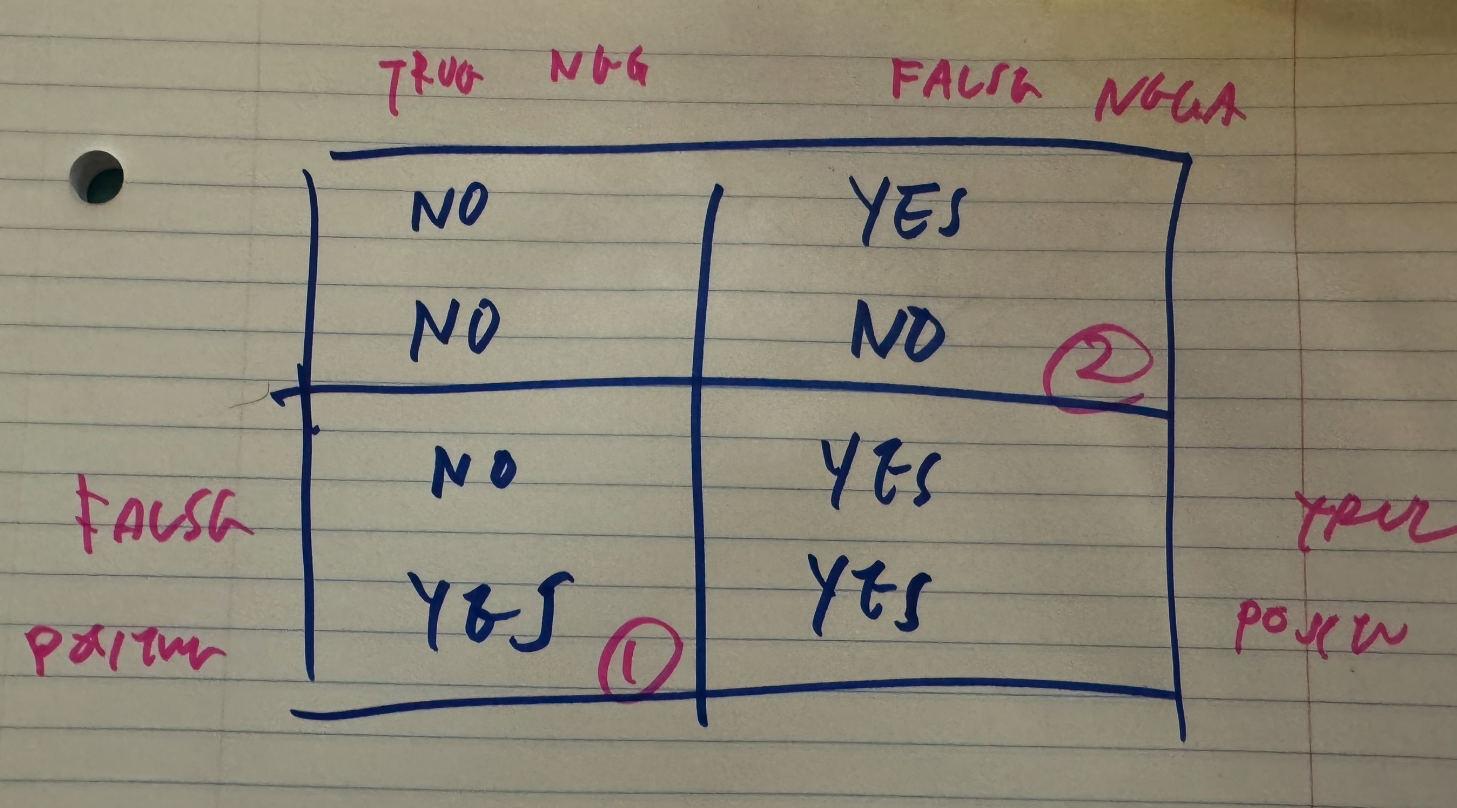Detecting Ghosts: A Statistical Hypothesis Testing Adventure
 Anix Lynch
Anix LynchJust for fun. How scientists might determine whether ghosts exist using statistical methods? In this blog post, we'll explore the fascinating world of hypothesis testing, using a ghost-detection example to make the concepts fun and easy to understand.
Hypothesis Testing: The Basics
Hypothesis testing is a statistical method used to make decisions based on data. It involves two hypotheses:
Null Hypothesis ((H_0)): There are no ghosts.
Alternative Hypothesis ((H_1)): There are ghosts.
The Decision Matrix
The decision matrix helps us understand the possible outcomes of our hypothesis test.
| Decision / Reality | (H_0) True (No Ghosts) | (H_0) False (Ghosts) |
| Accept (H_0) | True Negative (No ghosts, correctly identified) 🏠 | False Negative (Ghosts, incorrectly identified as no ghosts) 🐒 |
| Reject (H_0) | False Positive (No ghosts, incorrectly identified as ghosts) 🙈 | True Positive (Ghosts, correctly identified) 👻 |

Understanding the p-value
The p-value is a crucial part of hypothesis testing. It helps us determine the significance of our test results:
- p-value: The probability of observing the test results, or something more extreme, assuming the null hypothesis ((H_0)) is true.
Example: Ghost Detection
Let's say you have a ghost detector device, and you conduct 100 trials to detect ghosts. Here's how you can determine whether to accept or reject the null hypothesis:
Observed Data
- You detect ghost signals 20 times out of 100 trials.
Significance Level ((\alpha))
- We use a common significance level of 0.05 (5%).
Calculating the p-value
We use Python to calculate the p-value with a binomial test:
import scipy.stats as stats
# Number of ghost signals observed
observed_signals = 20
# Total trials
total_trials = 100
# Probability of observing a ghost signal under null hypothesis (no ghosts)
p_signal = 0.01 # Assume a very low probability of false signal detection
# Perform binomial test
p_value = stats.binom_test(observed_signals, total_trials, p_signal, alternative='greater')
print(f"P-value: {p_value}")
Python Outcome
The calculated p-value is (2.49 \times 10^{-20}), which is much smaller than 0.05.
Interpretation
p-value ≤ 0.05: Reject the null hypothesis ((H_0)).
Conclusion: There is strong evidence to conclude that ghosts are present.
Summary
Hypothesis testing allows us to make data-driven decisions. In our ghost detection example, the extremely low p-value indicated that the observed ghost signals were highly unlikely under the null hypothesis. Thus, we rejected (H_0) and concluded that ghosts exist.
By understanding the decision matrix and p-value, we can apply these statistical concepts to various real-world scenarios, from paranormal investigations to scientific research.
Subscribe to my newsletter
Read articles from Anix Lynch directly inside your inbox. Subscribe to the newsletter, and don't miss out.
Written by
